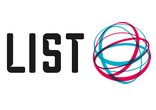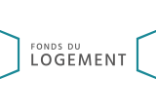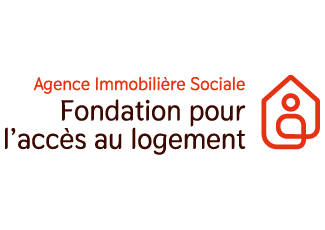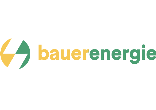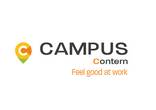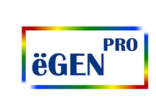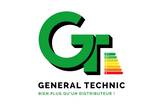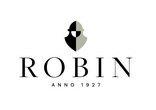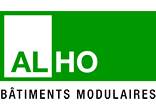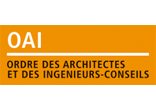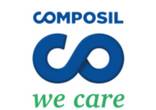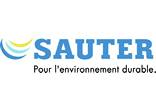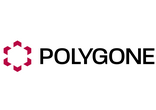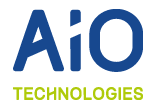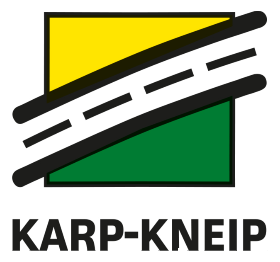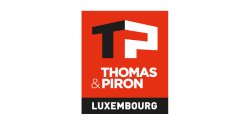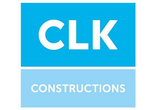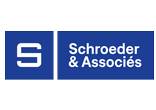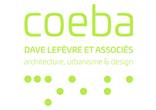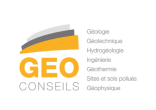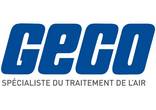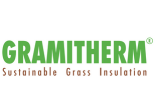
#9/10 In brief : LIST RA17 – Develop materials for autonomous sensors and energy recuperation
Over the summer, the Luxembourg Institute of Science and Technology (LIST) is publishing a series of bite-sized highlights from “New Horizons”, the Institute’s Annual Report 2017.
In our daily lives, more and more autonomous connected devices monitor the parameters linked to the objects that surround us. Temperature, pressure, humidity, energy consumption, arterial tension and even glycemic index are some examples. But, the majority of these sensors are powered by batteries that we have to replace frequently. At LIST, we would like to respond to this problem by developing efficient sensors related to measures for the recuperation of renewable energy.
In order to develop new materials for autonomous sensors and recover their energy, we resort to the expertise of young researchers. We have thus developed a second doctoral unit in the physics and materials science research domains. Carried out in partnership with the University of Luxembourg, the aim of this activity, developed as part of the MASSENA project, is to improve understanding and performances of the materials used in the detection and recuperation of energy in order to develop new applications and to obtain better performances in the long-term. The sensors that the young researchers are working on will be found in the smartphones, cars and computers of tomorrow. More than 20 doctoral researchers specialized in physics, chemistry or materials science are working on this challenge, and further recruitment is necessary both at the national and international level to bring the ambition of this project to completion.
> This article originally featured in the “Train the next generation of world-renowned researchers” section of the report.
> The Institute invites you to read the report in full online. The next and last article of this series to be published on list.lu will be “Design and improve the components of tomorrow’s rubber tyres”.
By The Luxembourg Institute of Science and Technology (LIST)

